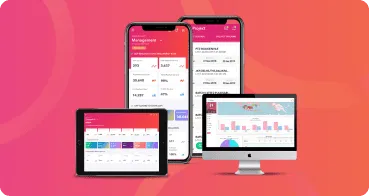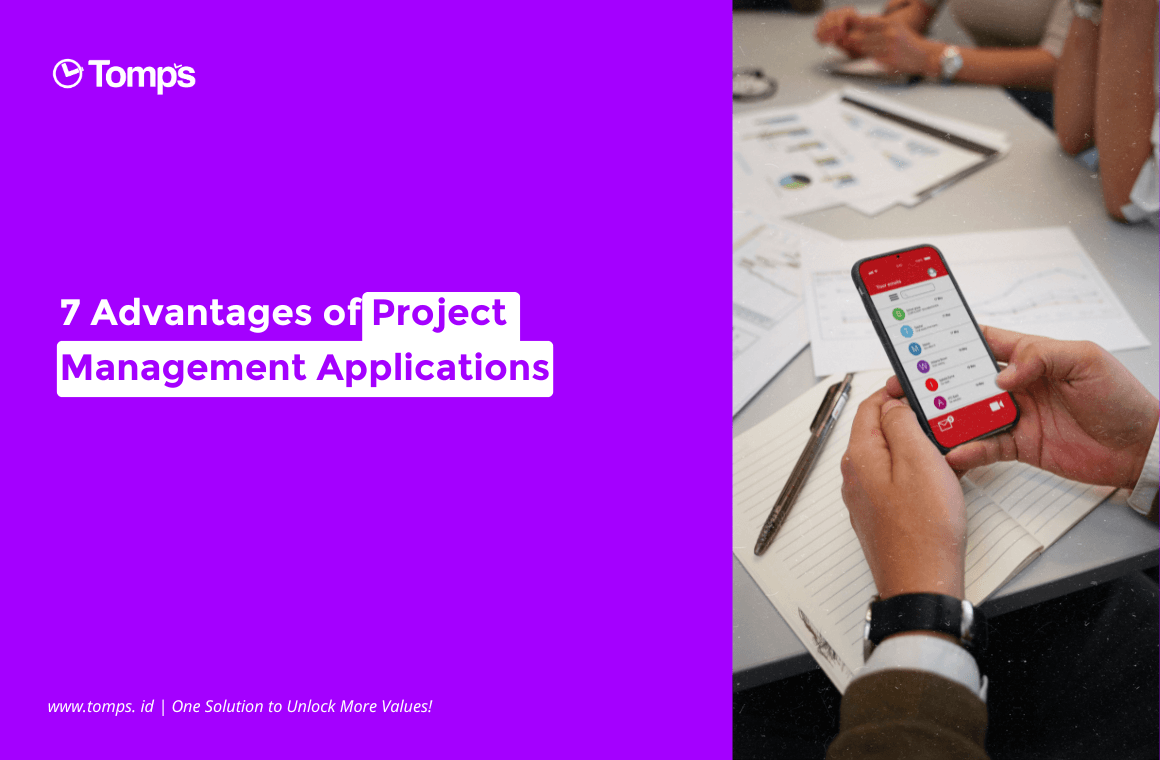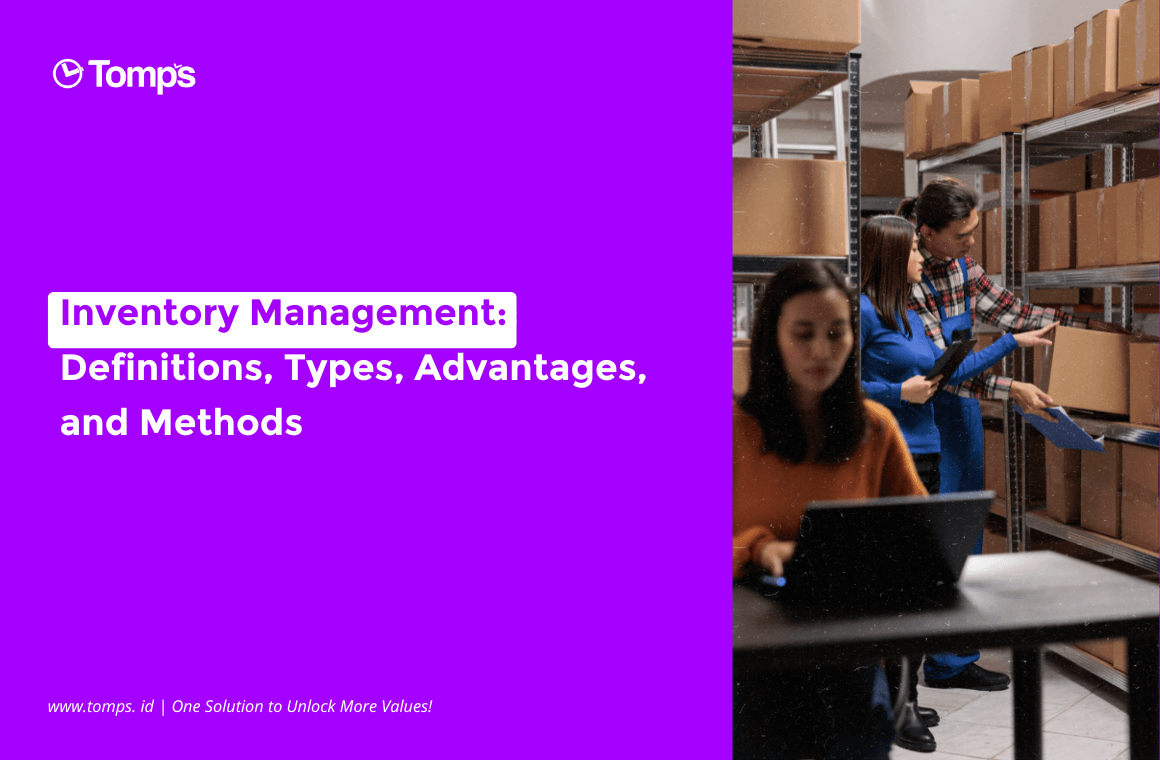Projects are at the heart of the company’s business. Imagine if the project that you are running is not accompanied by a good basic knowledge of project management. So, let’s see the review of project management definition, main functions, phase, and how to optimize it below!
What is Project Management?
Project management comes from two basic words, management and project. In general, management can be interpreted as an art in science and organization which consists of planning, building an organization and organizing it, to controlling and supervising. According to Ricky W. Griffin, management is a process of planning, coordinating organization, and controlling resources in order to achieve goals effectively and efficiently. The meaning of “effective” here is defined as a condition where the goals are achieved according to plan, and the “efficient” is defined as management activities that are carried out carefully, organized, and on time.
Meanwhile, a project is a one-time activity that is limited by budget, schedule, and quality (triple constraint). Unlike the general operational activities of the company, project activities have a special nature that makes these two types of activities separate. The differences, among others, lie in the non-routine nature of project activities, short cycles, dynamic nature, and consists of many jobs with varying intensity.
According to PMI, project management can be defined as the use of specific knowledge, skills, tools, and techniques to deliver something of value to people. Project management is limited by budget, schedule, and quality with the aim of achieving the project efficiently and effectively. Project management skills are important to master not without good reason. Through adequate project management skills, you can manage trial and error risks calmly and precisely, maximize the potential of teams, be able to sketch the right project plans, be observant in taking advantage of opportunities, and be able to maintain project integration so that it continues to be sustainable.
8 Main Functions of Project Management
1. Scoping
The scoping function is an activity that covers the boundaries of the realm of work that must be done so that the project is completed.
2. Planning
The planning function is the activity of identifying the desired project objectives, reducing the opportunity for the risk to arise, anticipating the work to be completed on time so it can finally be produced as a product or service that has been mutually agreed upon.
3. Estimating
The estimating function is part of a form of project planning whose activities include quantitative estimates of project costs, resources used, to the duration of project completion.
4. Scheduling
The scheduling function is the activity of compiling a list of activities that includes the start and finish time of each job, the ideal completion duration, and the person in charge of each type of work. Effective scheduling is an important factor to create good time management.
5. Organizing
The organizing function is an activity to confirm or ensure that all team members are fully aware of their respective roles, responsibilities, and their relationship with you as the project manager.
6. Directing
The directing function centers on the leadership style of a project. This directing activity includes instructing, mentoring, and training team communication in order to achieve the project goals.
7. Controlling
The controlling function is the activity of controlling all work that takes place in the project so that it goes according to plan or does not deviate. The project manager will use the standard measurement matrix to monitor each ongoing activity. This function can be said to be the most difficult and important function because it determines the effectiveness and success of the project.
8. Closing
The closing function is an activity of evaluating and scoring the final results of projects that have ended.
5 Phases of Project Management
1. Project Initiation Phase
At this stage, a project is officially initiated, named, and described. Therefore, you must create a project charter document that contains detailed information such as project scope, product scope, objectives, budget size, work schedule, and others. In addition, you must also identify the important stakeholders involved in this project.
2. Project Planning Phase
Some of the activities carried out at this stage include creating a work breakdown structure, setting schedules, deadlines, making milestones or gantt charts, estimating resources, and building good communication patterns with stakeholders.
During this stage, there will be possible changes to the project scope defined in the previous stage. However, the project manager must first approve the changes. At this stage, the project manager is also responsible for providing a clear visualization of the work breakdown structure with different divisions to the entire team.
3. Project Execution Phase
It is at this stage that the project work process really runs. As a project manager, your job is to ensure that workflows remain efficient by closely monitoring team performance. In addition, you must also consistently maintain good collaborative communication with stakeholders and ensure that the project goes according to the initial plan. To make your work easier at this stage, the help of project management apps will greatly reduce your time and effort to monitor the progress of the project in real-time.
4. Project Monitoring & Control Phase
This monitoring stage runs concurrently with the executing stage to ensure that the desired project objectives and results are met. Therefore, you must make sure the team works by setting Critical Success Factors (CSF) and Key Performance Indicators (KPI). In this stage, you also have to monitor the work in progress and the costs incurred quantitatively. This is to ensure that the project work is in accordance with the budget set at the beginning.
5. Project Closure Phase
Finally, the project closure stage is the activity of providing an assessment or evaluation of the final project results and appreciation to each team member who has worked together. In addition, detailed project reports must be completed to be stored in a safe place and can be accessed again by the project manager.
Project Management Apps For Optimization Project Performance
Did you know, 35% of project managers still use manual spreadsheets to manage projects in the midst of today’s digital era. In fact, behind 77% of high-performance projects, there is support from project management applications there.
Project management is a complex subject with high-pressure expectations. As a solution for easier project management, Tomps comes as a mobile and web-based project management tool. The need for more optimal quality and effectiveness of project management, Tomps presents through smart features for the various types of projects you manage. Know all project progress in real-time, accurately, and transparently. Experience more optimal business growth with better project management with Tomps!







